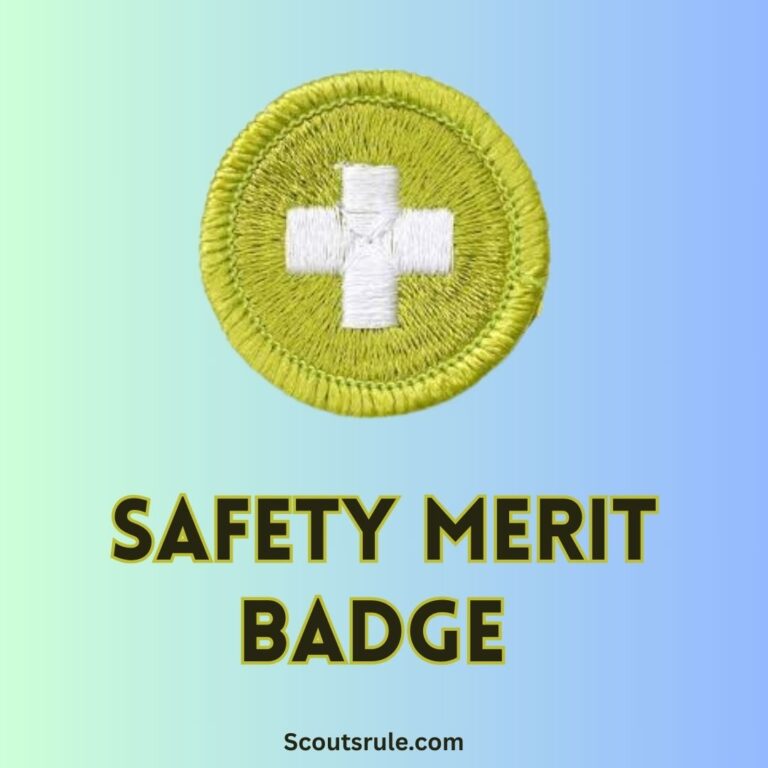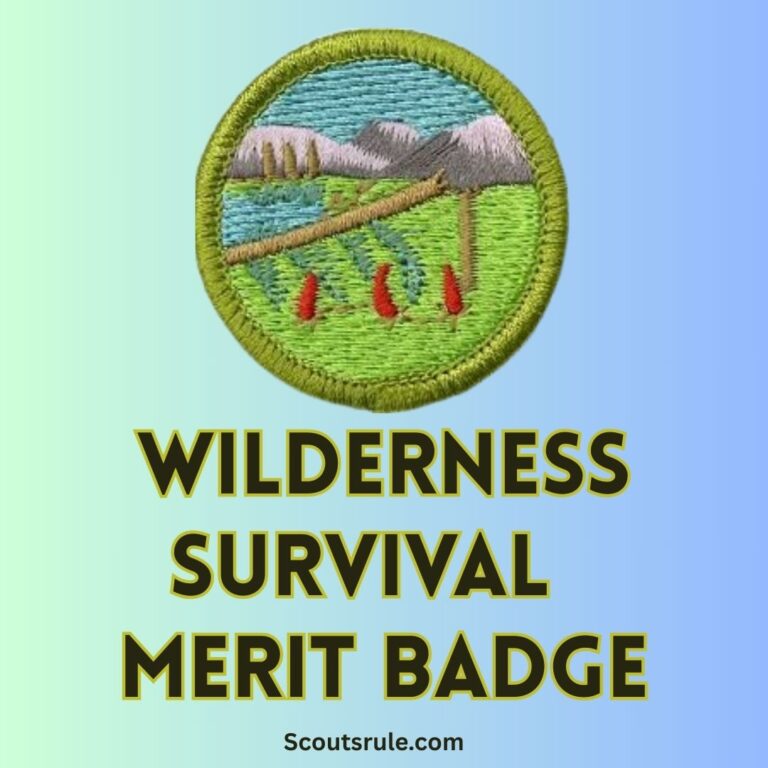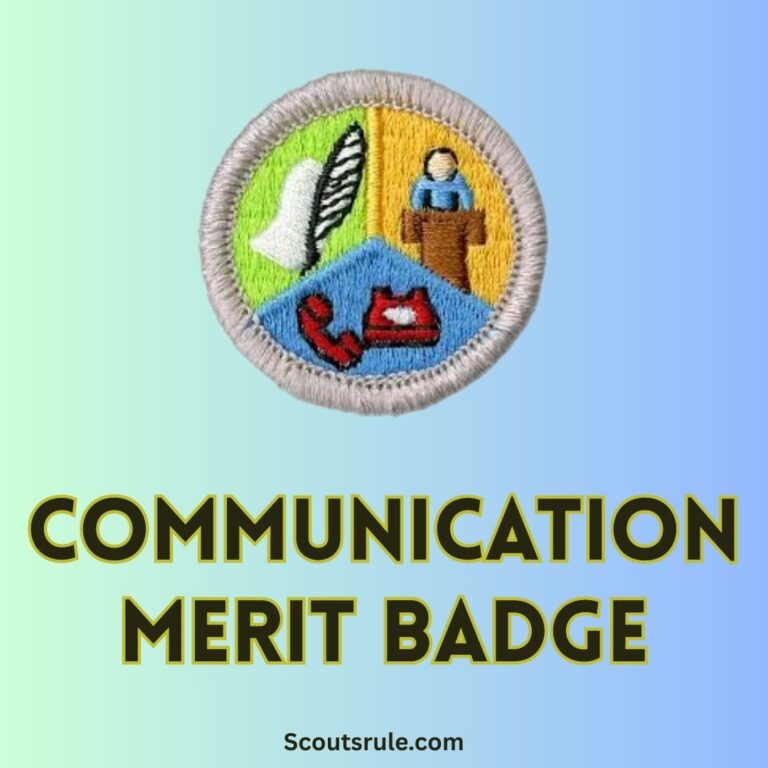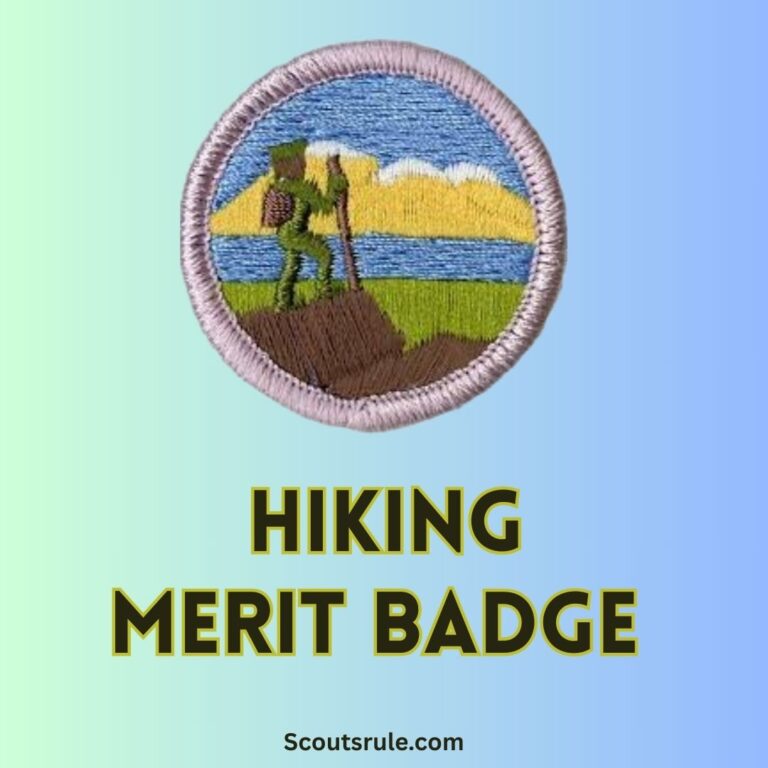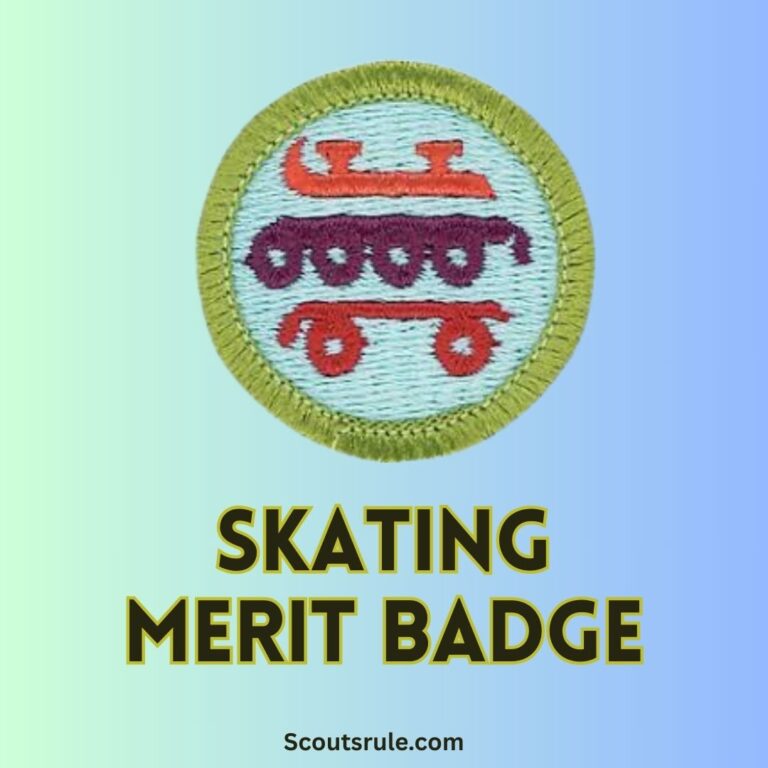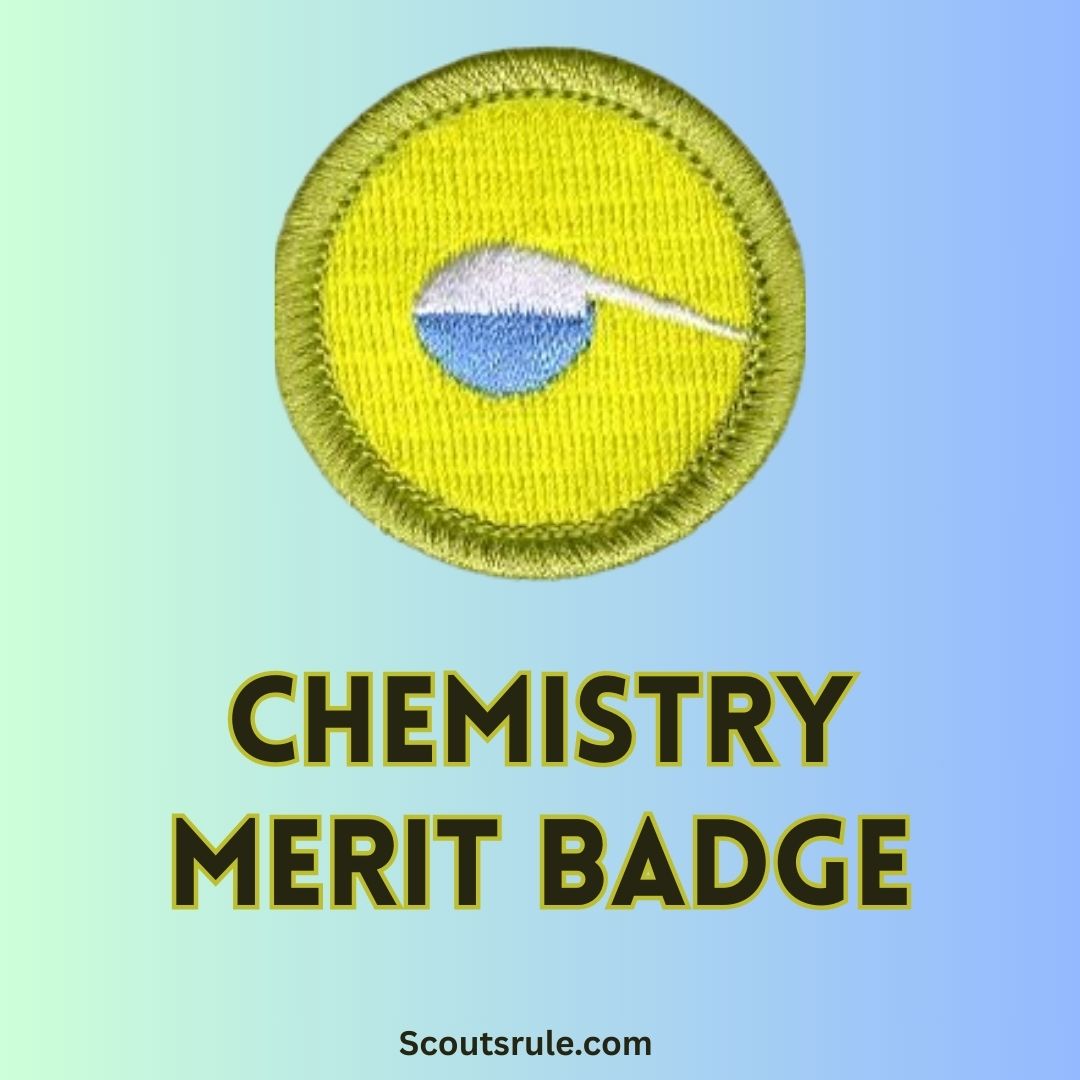
Chemistry is the study of matter and how it changes. It’s a science that explains everything from the food we eat to the air we breathe. By earning the Chemistry Merit Badge, Scouts will learn about chemical reactions, laboratory safety, and the role of chemistry in everyday life. This badge combines hands-on experiments with theoretical knowledge, making it an engaging and educational experience.
This guide will walk you through each requirement, offering tips, examples, and insights to help you succeed. Let’s dive into the details!
Post Contents
Chemistry and Chemicals
- What Is Chemistry?
Chemistry is the scientific study of matter, its properties, composition, and the changes it undergoes. It explains the interactions between atoms and molecules and serves as the foundation of numerous scientific fields, from biology to engineering. - Compounds
Compounds are substances formed when two or more elements are chemically bonded together. For example, water (H₂O) is a compound made from hydrogen and oxygen. Compounds have unique properties distinct from the individual elements that form them. - What Are Chemicals?
Chemicals are substances composed of elements or compounds used in various processes. They can be natural (like glucose found in plants) or synthetic (like plastics). Everything around us—air, water, and even our bodies—is made up of chemicals. - Chemical Reaction
A chemical reaction occurs when substances interact to form new compounds. This involves breaking existing chemical bonds and creating new ones, such as when vinegar reacts with baking soda to produce carbon dioxide gas. - Physical Change
A physical change alters the appearance or state of a substance without changing its chemical composition. Examples include melting ice into water or cutting paper into smaller pieces. These changes are usually reversible.
Safety and Chemistry
- Storage in Your Home
Keep household chemicals, such as cleaning supplies and insecticides, in their original containers with clear labels. Store them in a cool, dry place, out of reach of children and pets. - Storage in Your School
In schools, chemicals are stored in designated chemical cabinets, organized by compatibility to prevent reactions. Flammable chemicals are stored in flame-proof cabinets, and acids and bases are stored separately. - Storage in Your Community
Community storage focuses on safe handling in industries and public spaces. Local governments regulate chemical facilities to ensure compliance with safety standards and prevent contamination or accidents. - Material Safety Data Sheet (MSDS)
The MSDS, now commonly referred to as a Safety Data Sheet (SDS), provides comprehensive information about a chemical, including its hazards, safe handling practices, first-aid measures, and disposal guidelines. - Safety Equipment
a. Safety Goggles: Protect the eyes from splashes, debris, or harmful vapors.
b. Fire Blanket: Used to smother small fires, especially in laboratories or kitchens.
c. Safety Gloves: Protect the hands from harmful chemicals or heat.
d. First-Aid Kit: Essential for treating minor injuries in case of accidents.
e. Fire Extinguisher: Designed to put out small fires and is categorized based on the type of fire it can handle (e.g., Class A, B, C).
Careers in Chemistry
- Chemist
Chemists analyze substances, create new materials, and investigate how chemicals interact. They work in fields ranging from pharmaceuticals to cosmetics and environmental testing. - Industrial Chemist
Industrial chemists apply chemistry principles to large-scale manufacturing processes, such as creating plastics, refining petroleum, or producing fertilizers. - Chemical Engineer
Chemical engineers design and optimize processes for chemical production. They focus on scaling up experiments from the lab to industrial settings while ensuring safety and efficiency. - Chemical Technician
Chemical technicians assist chemists and engineers by conducting experiments, maintaining equipment, and collecting data in labs or industrial settings. - Other Careers in Chemistry
- Forensic Scientist: Applies chemistry to solve crimes by analyzing evidence such as fingerprints, DNA, or toxic substances.
- Pharmacologist: Develops and tests new medications.
- Environmental Chemist: Studies the impact of chemicals on the environment and develops methods to reduce pollution.
1. Laboratory Safety and Chemical Storage
Requirement 1: Understand Laboratory Safety
- Task: Do the following:
- Describe three examples of safety equipment used in a chemistry laboratory and the reason each one is used.
- Describe what a safety data sheet (SDS) is and tell why it is used.
- Obtain an SDS for both a paint and an insecticide. Compare and discuss the toxicity, disposal, and safe-handling sections for these two common household products.
- Discuss the safe storage of chemicals. How does the safe storage of chemicals apply to your home, your school, your community, and the environment?
Key Points:
- Safety Equipment:
- Goggles: Protect your eyes from splashes and fumes.
- Gloves: Shield your hands from harmful chemicals.
- Fume Hood: Ventilate toxic fumes to prevent inhalation.
- Safety Data Sheet (SDS):
- An SDS provides detailed information about a chemical’s properties, hazards, and handling instructions. It’s essential for ensuring safe use and disposal.
- Chemical Storage:
- Store chemicals in labeled containers, away from heat and moisture.
- Separate incompatible substances (e.g., acids and bases).
- Follow local regulations for disposal to protect the environment.
2. Conducting Experiments
Requirement 2: Perform Chemistry Experiments
- Task: Do the following:
- Predict what would happen if you placed an iron nail in a copper sulfate solution. Then, put an iron nail in a copper sulfate solution. Describe your observations and make a conclusion based on your observations. Compare your prediction and original conclusion with what actually happened. Write the formula for the reaction that you described.
- Demonstrate how you would separate sand (or gravel) from water. Describe how you would separate table salt from water, oil from water, and gasoline from motor oil. Name the practical processes that require these kinds of separations and how the processes may differ.
Key Points:
- Iron Nail in Copper Sulfate Solution:
- Prediction: The iron nail will react with the copper sulfate, causing copper to deposit on the nail.
- Observation: Copper forms on the nail, and the solution changes color.
- Reaction Formula: Fe + CuSO₄ → FeSO₄ + Cu
- Separations:
- Sand from Water: Use filtration.
- Salt from Water: Use evaporation.
- Oil from Water: Use a separating funnel.
- Gasoline from Motor Oil: Use distillation.
Practical Applications:
- Filtration is used in water treatment.
- Evaporation is used in salt production.
- Distillation is used in refining petroleum.
3. Exploring Gas Behavior
Requirement 3: Construct a Cartesian Diver
- Task: Construct a Cartesian diver. Describe its function in terms of how gases in general behave under different pressures and different temperatures. Describe how the behavior of gases affects a backpacker at high altitudes and a scuba diver underwater.
Key Points:
- Cartesian Diver:
- A Cartesian diver demonstrates the principles of buoyancy and pressure. When pressure is applied to the container, the diver sinks because the gas inside compresses, reducing buoyancy.
- Gas Behavior:
- At high altitudes, lower pressure reduces oxygen availability, affecting a backpacker’s breathing.
- Underwater, increased pressure affects a scuba diver’s gas intake and requires careful monitoring to avoid decompression sickness.
4. Chemistry in Everyday Life
Requirement 4: Conduct Kitchen Chemistry
- Task: Do the following:
- Cut a round onion into small chunks. Separate the onion chunks into three equal portions. Leave the first portion raw. Cook the second portion of the onion chunks until the pieces are translucent. Cook the third portion until the onions are caramelized, or brown in color. Taste each type of onion. Describe the taste of raw onion versus partially cooked onion versus caramelized onion. Explain what happens to molecules in the onion during the cooking process.
- Describe the chemical similarities and differences between toothpaste and an abrasive household cleanser.
Key Points:
- Onion Experiment:
- Raw Onion: Sharp and pungent taste.
- Translucent Onion: Mild and slightly sweet.
- Caramelized Onion: Rich and sweet flavor.
- Explanation: Cooking breaks down sulfur compounds and sugars, altering the taste.
- Toothpaste vs. Cleanser:
- Similarities: Both contain abrasives for cleaning.
- Differences: Toothpaste is designed for oral use and contains fluoride, while cleansers are harsher and used for surfaces.
5. Environmental Chemistry
Requirement 5: Discuss Environmental Impact
- Task: Discuss the environmental impact of chemical products and processes.
Key Points:
- Impact:
- Pollution from chemical waste affects air, water, and soil quality.
- Sustainable practices, such as green chemistry, reduce harmful effects.
Examples:
- Recycling programs minimize waste.
- Renewable energy sources reduce reliance on fossil fuels.
6. Chemistry Careers
Requirement 6: Explore Chemistry Careers
- Task: Learn about three careers in chemistry and discuss the education, training, and experience required for each.
Examples of Careers:
- Pharmacist: Requires a Doctor of Pharmacy degree and knowledge of chemical compounds in medications.
- Chemical Engineer: Requires a degree in chemical engineering and focuses on designing processes for manufacturing chemicals.
- Environmental Scientist: Requires a degree in environmental science or chemistry and focuses on studying and mitigating pollution.
Frequently Asked Questions (FAQs)
General Questions
Q: What is the Chemistry Merit Badge about?
A: This badge teaches Scouts about chemical reactions, laboratory safety, and the role of chemistry in everyday life. It combines hands-on experiments with theoretical knowledge.
Q: Is this badge required for Eagle Scout?
A: No, the Chemistry Merit Badge is not required for Eagle Scout, but it is a popular elective badge.
Q: How long does it take to complete this badge?
A: The time required varies depending on access to materials and experiments. Most Scouts complete it within a few weeks to a couple of months.
Experiments and Activities
Q: Do I need special equipment for the experiments?
A: Most experiments can be done with simple materials, such as jars, water, and household chemicals. Check the merit badge pamphlet for specific instructions.
Q: What if my experiment doesn’t work as expected?
A: That’s okay! Share your observations and discuss what you learned with your counselor. Science is about exploration and discovery.
Research and Discussions
Q: How do I obtain an SDS for household products?
A: Many manufacturers provide SDSs online. Search for the product name followed by “SDS” to find the document.
Q: How do I prepare for discussions with my counselor?
A: Take notes on your research, prepare questions, and be ready to share your thoughts and reflections.
Careers in Chemistry
Q: What careers can I explore for this badge?
A: Examples include pharmacist, chemical engineer, environmental scientist, forensic chemist, and materials scientist.
Q: How do I research chemistry-related careers?
A: Interview professionals, attend career fairs, or use online resources to learn about the education, training, and experience required for each career.
Tips for Success
- Start Early: Some requirements involve hands-on activities, so begin as soon as possible.
- Stay Organized: Keep detailed notes and records of your experiments and research.
- Ask Questions: Don’t hesitate to seek guidance from your counselor or other experts.
- Reflect on Your Learning: Think about how the lessons from this badge apply to your daily life and community.
- Take Action: Use what you’ve learned to make a positive impact on the environment.
Conclusion
The Chemistry Merit Badge is a fascinating way to explore the science of matter and its changes. By completing the requirements, Scouts will gain valuable knowledge and skills that can be applied to other areas of Scouting and life. Enjoy the journey, and let your curiosity guide you through the world of chemistry!

Hi, Robin here, A former lead Scout and here I share my inspiring stories about USA Scouts, leadership, adventure, how to guides and more.

